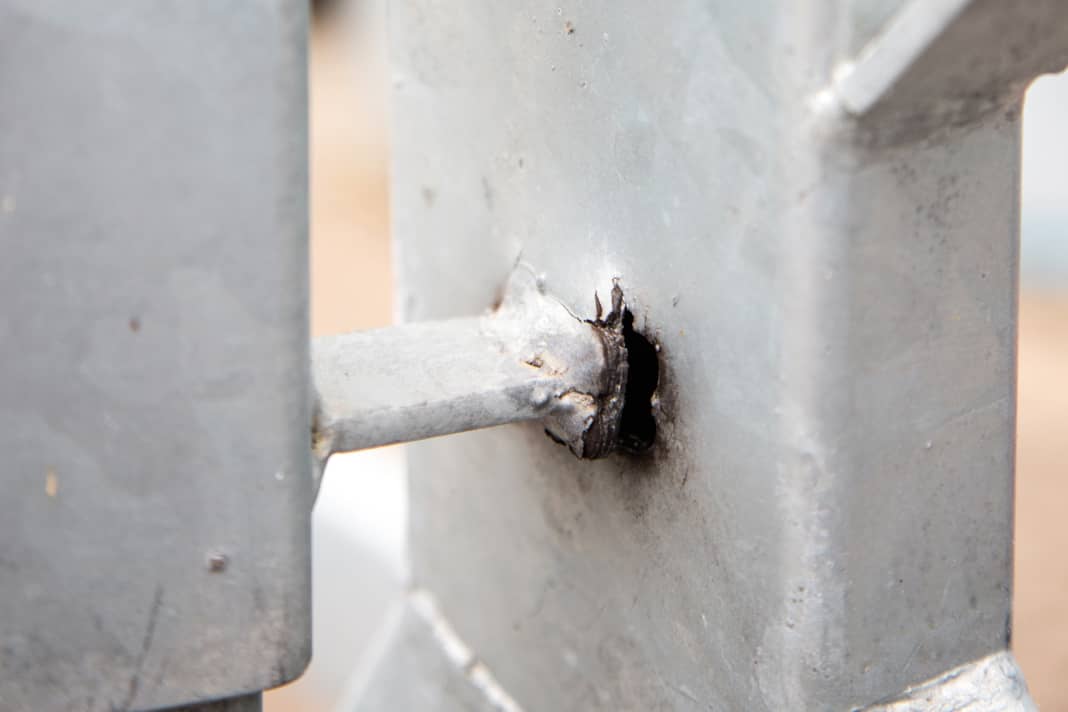Trailer special: Maintenance - how to keep your boat trailer technically fit
Jochen Rieker
· 31.03.2024
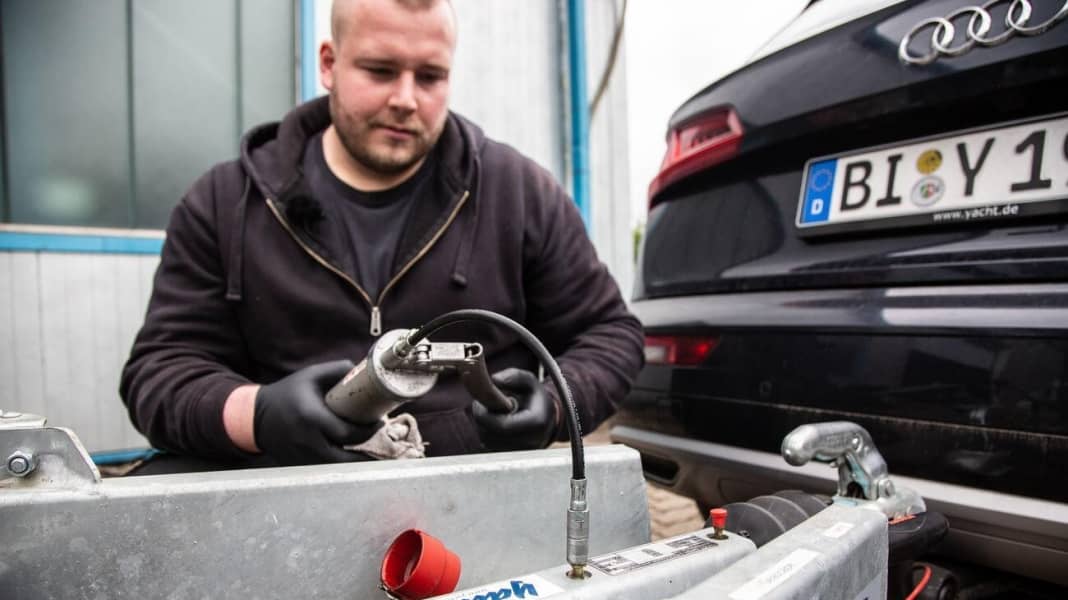
They are often only moved twice a year - to put them in and take them out of the water. Sometimes there is also a longer holiday trip. And only in rare cases are boat trailers coupled and uncoupled several times a season. While the goods being transported on top are almost loved like a member of the family and treated accordingly, this is rarely the case for the mobile base.
No wonder: anyone who rarely has a trailer in tow will hardly ever warm to it. Those who frequently have it on the hook may have the necessary routine and manoeuvring experience, but nevertheless feel very slowed down by the speed limit on long journeys. As a result, the relationship between boat owners and their trailers is sometimes ambivalent at best, but rarely intimate.
You can see this in many of the vehicles lined up in the car parks in summer. Rust on the brake drums, baked-on grease on the supports, porous tyre flanks, splintered reflectors, long-expired stickers for the general inspection on bent number plates - a sad sight that can certainly cause concern. After all, the ladder frames that are rotting away have to safely carry and decelerate hundreds of kilograms of load when underway, or one to two tonnes in the case of small cruisers.
Leading manufacturers such as Brenderup, Harbeck, Ohlmeier and Vanclaes stipulate tight maintenance intervals in some cases, Brenderup for example every three, six and twelve months. They even supply specific checklists with the vehicle documents. In reality, however, many owners often only think about the technical condition of their trailer every two years before the main inspection. Motto: What's the big deal?
This article is part of a trailer special:
As trailers have hardly any moving parts and certainly no drive, they are regarded as supposedly simple technology, which they essentially are. However, unlike a pure bearing block, they are subject to considerable dynamic forces; and in an emergency, these are always capable of getting the towing vehicle and crew into trouble if, for example, the overrun brake damper fails on the motorway, the ball coupling on the drawbar opens or the brake linings get stuck on the brake drum after winter storage.
Some of the necessary inspection and maintenance points can easily be carried out by yourself, such as checking the coupling plugs or replacing defective bulbs. If you have a grease pump, you can also lubricate the drawbar. However, some work is safety-critical and should only be carried out by a specialist if in doubt, including adjusting the brakes.
Clutch and brakes
Not for novices! These components belong in expert hands, as your own safety and that of your boat depends on them. The time required is manageable and replacing components is usually not expensive if the brake linings, linkage, cables or ball coupling are worn. Most trailer manufacturers stipulate inspection and, if necessary, maintenance every twelve months. However, a check is essential at the latest before every general inspection. To prevent the brake linings from rusting, drive the trailer dry after watering and never park it for long periods with the handbrake applied.
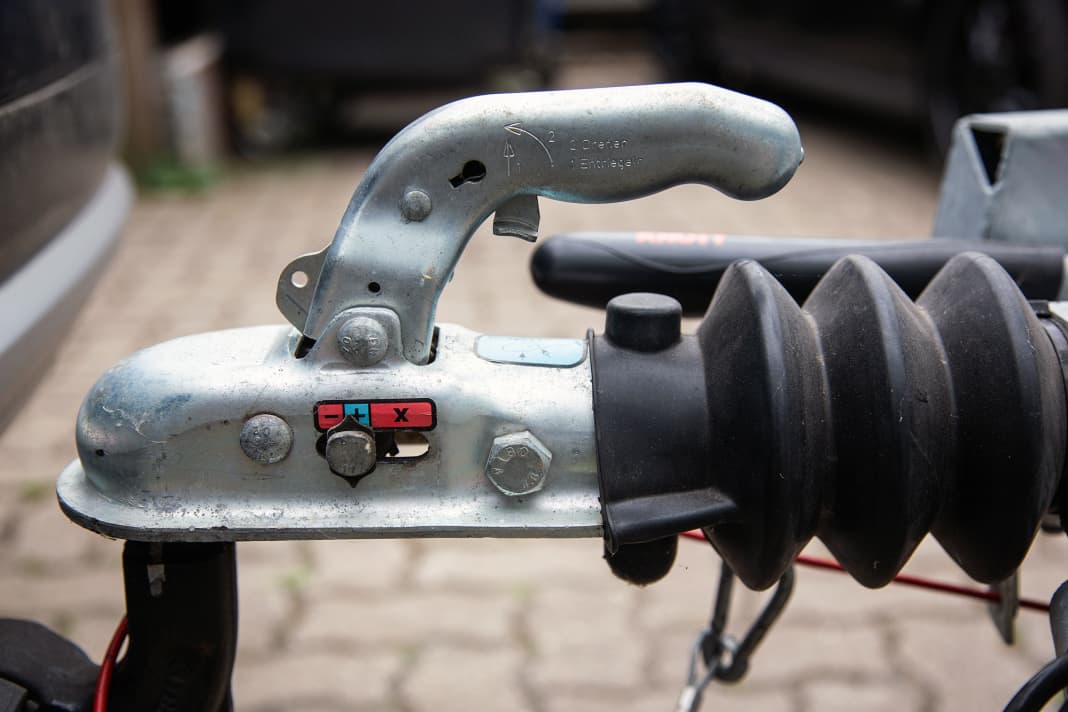



Wheels and tyres
The most important inspection points on the chassis that should be left to a professional include the wheel bearings, wheel hubs and - if present - the suspension elements. The usual maintenance interval for this is usually twelve months or 10,000 kilometres. On the other hand, wheels and tyres should be checked every three months and can also be carried out by non-professionals. Pay attention to the tread pattern of the tyres; if they are worn on one side, you should arrange a service appointment at the garage before the next long journey.



Support wheel
The height of the support that guides the front wheel can be adjusted to make coupling easier. It has a spindle drive for this purpose. Although it only carries a weight of 25 to 100 kilos, depending on the trailer load, it should still be easy to turn. For this reason, and to protect against corrosion, the spindle is generously lubricated with grease. This is spread over the support and guide tube with every crank operation; it can also be partially washed out during long journeys in the rain. Therefore, make sure that it is sufficiently filled with fresh grease. The work does not require any specialised knowledge and can also be carried out by the owner. It is due once every two years and only takes five minutes.
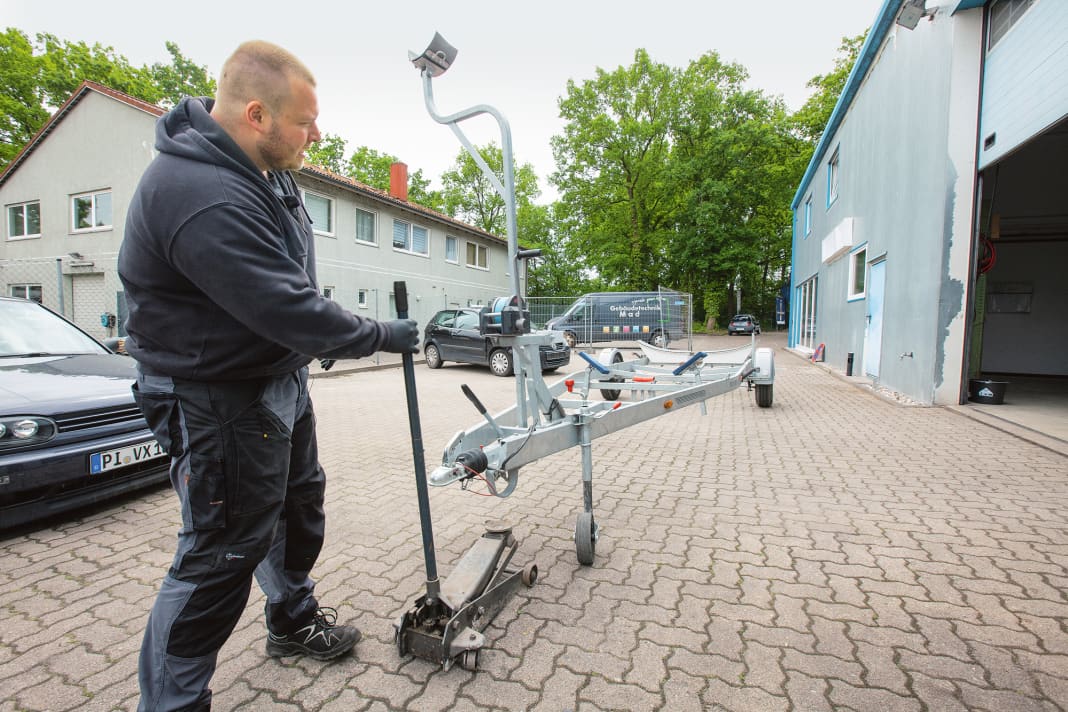


Lamps and light sources
The most common defects on boat trailers are in the electrical system. On the one hand, they are exposed to water when slipping, and on the other, the lights and reflectors suffer from stone chips and vibrations when travelling - especially as the quality of the components can leave a lot to be desired, even with well-known trailer manufacturers. Plastic housings and diffuser discs break even when lightly touched, and the light sources used are often of inferior quality - because durable, waterproof encapsulated LED lamps cost many times more than cheap goods. As the trailer for a 25-foot boat usually carries eight reflectors and six lamps with a total of 16 bulbs, failures are inevitable. Here's what you can and should do before every long trip: check the function of the lights, check the housing for cracks and leaks, spray the sockets with contact spray and replace defective bulbs immediately.
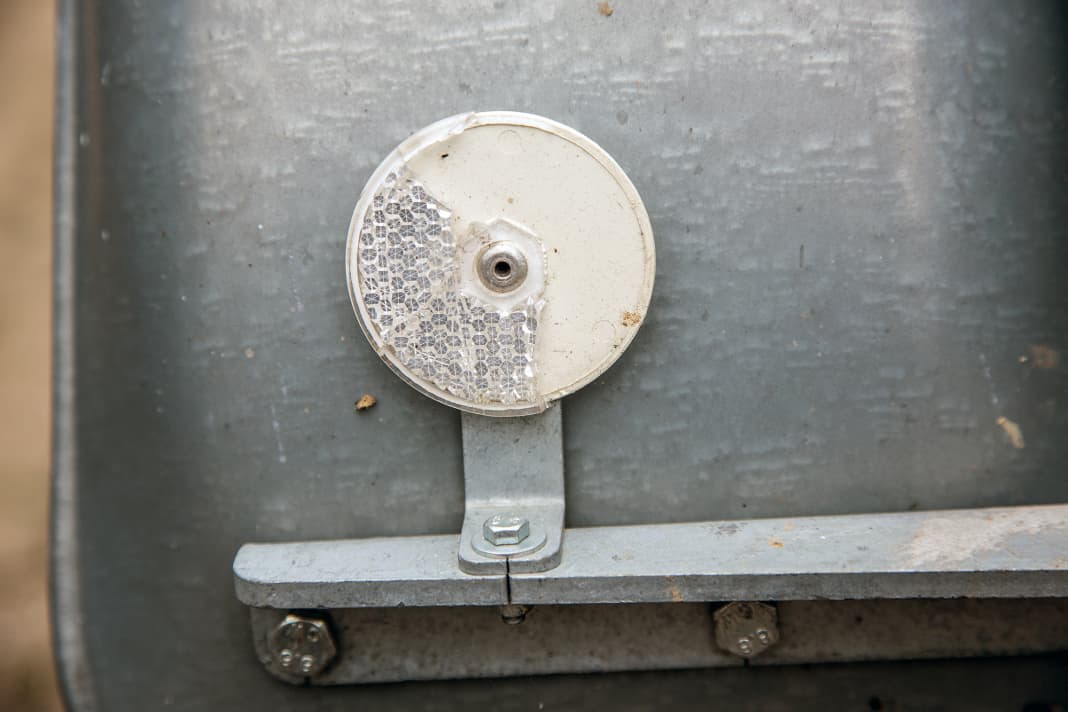



Cables and plugs
The necessary plug connections and cables are almost as vulnerable as the lights. In particular, the 13-pin plugs for the power supply from the towing vehicle and the coupling socket for the detachable light strip at the rear of the trailer suffer when the trailer is lowered over the slipway. This also applies to incorrectly installed cable connections, for example to the side marker lights permanently riveted to the frame. If salt water penetrates here, corrosion damage will inevitably occur. The free-flying cable in the area of the trailer coupling can also lead to failure of the trailer lighting - for example due to chafing on the frame. Chafing protection should be standard here; if it is missing, it can be easily and inexpensively retrofitted in the form of a plastic spiral of a suitable diameter.
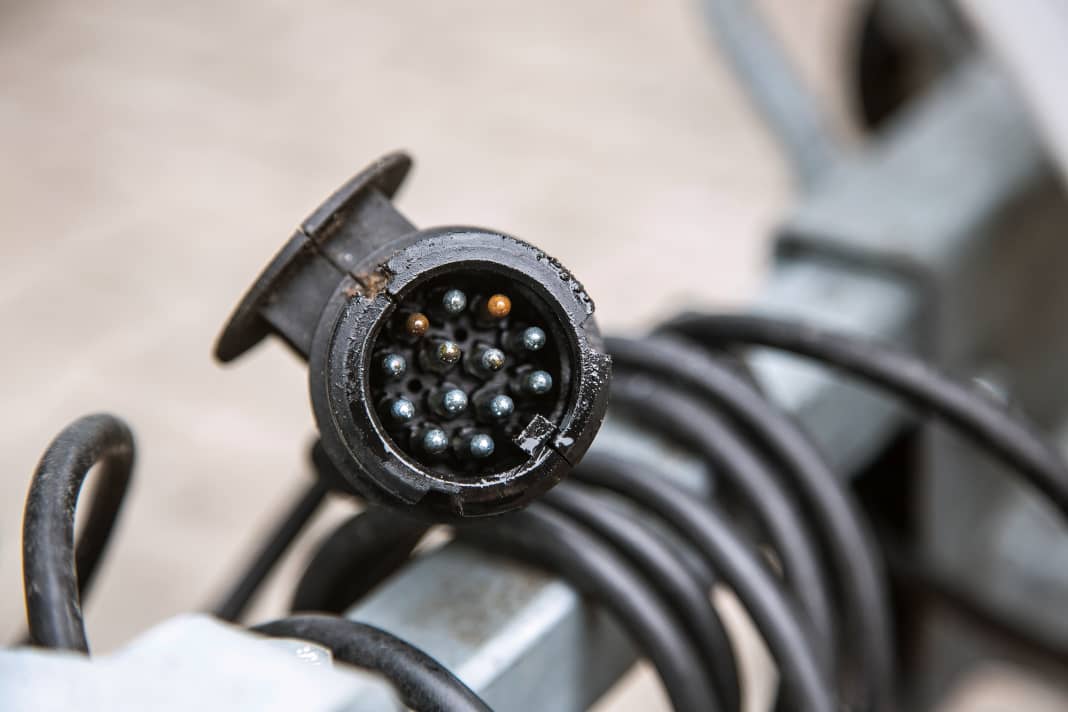



Miscellaneous
During the main inspection, the chassis, clutch, brakes, tyres and electrics are checked in particular. However, there are other components that are also safety-relevant and urgently require repair. On the YACHT trailer, for example, a fatigue fracture on the weld seam of the mast support was noticed during the maintenance appointment. Unnoticed, it could have led to the loss of the rig and other serious consequential damage during transport.
